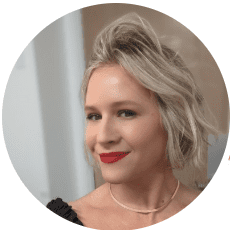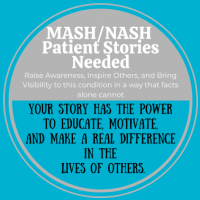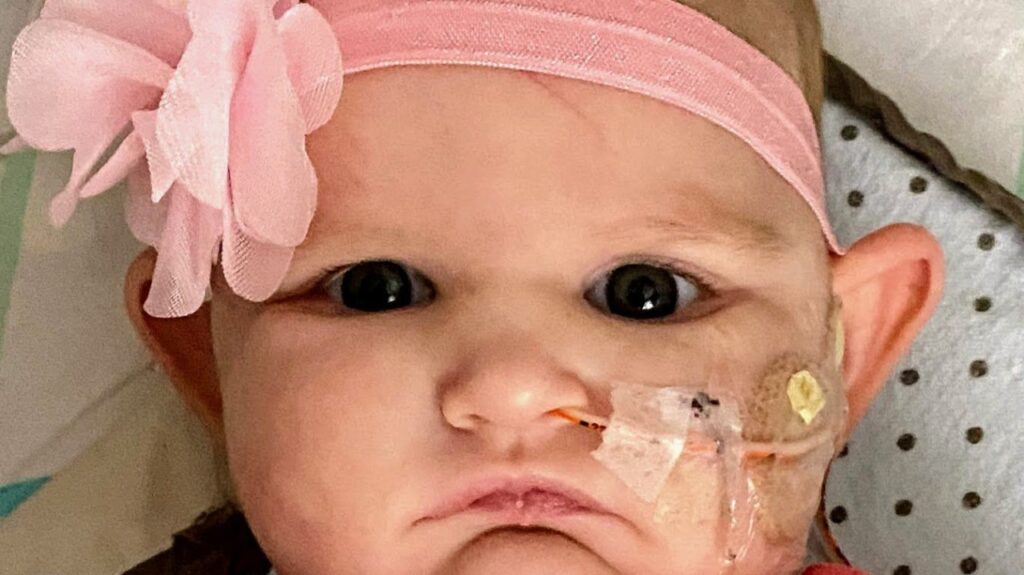This is Rachel Heilmann‘s story – This is about how grief can fuel action, and why the smartest innovators are the ones with nothing left to lose and everything left to prove.
If you want to understand where rare disease medicine is headed, who’s leading it, and why we can’t afford to wait – start here.
There are two days that split Rachel Heilman’s life in half.
The first was July 3rd, 2020, when she was handed a diagnosis in a cold, sterile hospital room as her daughter’s liver failed. Rory Belle had NARS1 – so rare she was only the 32nd known case in the world. There was no treatment. No research. No roadmap. Just a name and the unthinkable: This will take her life.
The second day was February 25th, 2021, when Rory died. Seventeen months old. Her big brother nearby. Her mother holding her. Her whole family shattered.
“There’s a before and an after in rare disease,” Rachel said. “Mine is July 3rd. For someone else – it might be tomorrow.”
You don’t come back from something like that.
Rachel didn’t come back – she rose up.
Before Rory, Rachel was a successful clinical pharmacist. She spent over 15 years working on care teams, prescribing medications, managing complex patient cases, bridging knowledge gaps in systems built to heal.
But when it was her daughter in the hospital bed? She had to fight for everything. Even with her credentials, her training, her connections – she had to beg for rescue meds. She had to draw up protocols herself. She had to push past hesitation and fear in a system more concerned with liability than possibility.
So, after Rory died, Rachel did something few people would dare. She left her job. She started the Rory Belle Foundation. And she turned her grief into a generator
This is a sad story. A mother should never have to bury her child. But this story is not stuck in sadness. It moves.
And in its motion, it becomes a north star.
“You can dwell in it, or you can rise above. And for me – it feels more powerful to rise.”
Rachel didn’t just rise. She became a guide to thousands of other parents who have stood where she stood – grief-stricken, furious, and determined not to let it end there. She’s beloved in the rare disease world not because she’s soft, but because she’s sharp. She is the one who will text you back at midnight with the exact clinical paper you need and then make you laugh through your tears with a perfectly placed, wildly inappropriate joke. She’s the person you want in your corner when you’ve got nothing left.
She knows how to make change. She’s already doing it.
This is the part of the story that most of the world still doesn’t understand: We are not waiting anymore.
Families like Rachel’s are building faster, smarter, cheaper solutions – outside of the system that failed them. They are forming biotechs. Launching foundations. Funding drug screenings. Finding scientists. Creating and organizing data. Partnering with platforms like Curetopia – a galaxy of stars bound by action.
“We’re not anomalies,” Rachel says. “We’re a quilt. Rory’s square is just a few rows up from Ford. Or Maxwell. Or Mila. We’re all stitched together, and we’re not stopping.”
They are using yeast to test compounds that might work. They’re repurposing drugs that were never intended for these kids – and seeing results. They’re working with AI and real-world data and pushing past the gatekeepers.
“We know how to upregulate wild type. We know how to deliver gene therapy. We know how to do this. We’re already there. The rest of the world just hasn’t caught up yet.”
Rachel’s dream isn’t some hypothetical hope. It’s grounded. It’s gritty. It’s urgent.
“A win looks like getting drugs in kids. And I don’t mean like getting drugs in kids from the typical pathway because we already know that can take decades and decades and decades. A win looks like getting lots of different drugs or the same drugs in lots of different kids. And it doesn’t need to be kids with NARS1… It just needs to have a proof of concept that this works, because one big, huge step forward for anybody right now affects my ability and your ability and all of our abilities to then meet that step where it lands.”
So yes, this is a sad story. But it’s also a call to arms.
Grief didn’t destroy Rachel. It remade her.
She is standing in the wreckage, drawing maps for the rest of us. And if you’re wondering where to place your bet – where to invest, where to trust, where to move – follow the ones who’ve already lost everything, who can’t possibly give up and who are still fighting.
What better partner than a parent fueled by burning love, hardened by injustice, and hell-bent on making sure no one else endures what they did? You cannot break them more – they’ve already been broken open.
They are the force that will bend the future toward healing. They are the galaxy rising.
And Rory Belle? She’s still here. In every step.
Author: Effie Parks
 Effie is a CTNNB1 mom & storyteller at Once Upon a Gene. Bearing witness. Following starlight. Carrying the fuel.
Effie is a CTNNB1 mom & storyteller at Once Upon a Gene. Bearing witness. Following starlight. Carrying the fuel.







